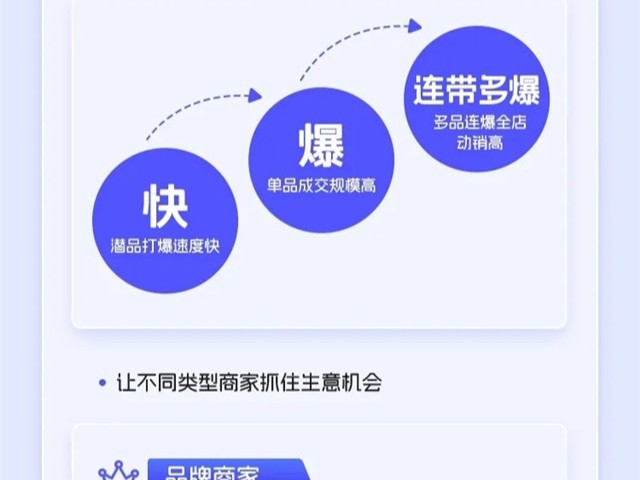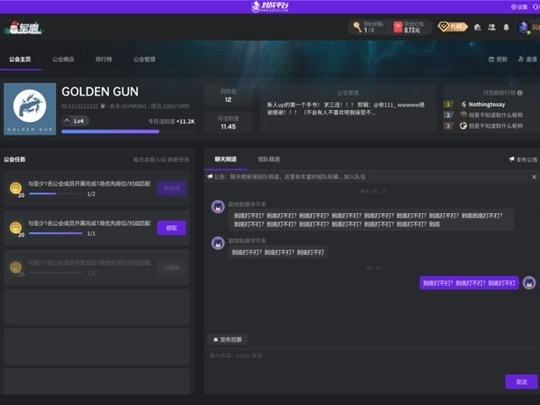|
NET控件的消息处理
一般而言,控件的对话框消息处理是一个极为关键的问题,在网上能找到的MFC中宿主控件的解决方法中,均没有实现.NET控件的对话框消息处理,一个明显的特征是不能处理“Tab”键消息。为此,我们重载了CUserCtrlView的PreTranslateMessage函数:
BOOL CUserCtrlView::PreTranslateMessage(MSG *pMsg)
{
BOOL bRet = FALSE;
if(m_Control.pUnkControl != NULL)
{
CComQIPtr
spInPlace(m_Control.pUnkControl);
if(spInPlace)
bRet =(S_OK == spInPlace->
TranslateAccelerator(pMsg)) ?
TRUE : FALSE;
}
if(CView::PreTranslateMessage(pMsg))
return TRUE;
CFrameWnd *pFrameWnd = GetTopLevelFrame();
if(pFrameWnd != NULL
&& pFrameWnd->m_bHelpMode)
return FALSE;
// start with first parent frame
pFrameWnd = GetParentFrame();
while(pFrameWnd != NULL)
{
if(pFrameWnd->PreTranslateMessage(pMsg))
return TRUE;
pFrameWnd = pFrameWnd->GetParentFrame();
}
return bRet;
}
这样可以使得CUserCtrlView可以正确的处理.NET Control的对话框消息。
回归RAD世界
接下来我们看看如何在工程中插入一个.NET用户自定义控件。我们增加一个新的托管类testControl,代码如下:
#pragma once
...
namespace test
{
public __gc class testControl :
public System::Windows::Forms::UserControl
{
public:
testControl(void)
{
InitializeComponent();
}
protected:
void Dispose(Boolean disposing)
{
if(disposing && components)
components->Dispose();
__super::Dispose(disposing);
}
private:
System::Windows::Forms::Label *label1;
System::ComponentModel::Container
*components;
void InitializeComponent(void)
{
this->label1 = new
System::Windows::Forms::Label();
this->SuspendLayout();
this->label1->Location =
System::Drawing::Point(16, 24);
this->label1->Name = S"label1";
this->label1->Size =
System::Drawing::Size(208, 16);
this->label1->TabIndex = 0;
this->label1->Text =
S"Welcome to TZ MFC.NET!";
this->Controls->Add(this->label1);
this->Name = S"testControl";
this->Size =
System::Drawing::Size(240, 160);
this->ResumeLayout(false);
}
};
}
|














